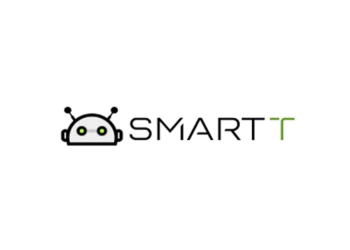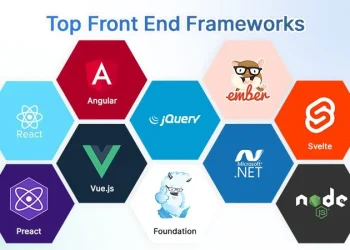In today’s fast-paced world, multitasking and efficient work processes have become essential. One way to optimize productivity is by utilizing multiple monitors. While traditional desktop computers are commonly associated with multi-monitor setups, mini PCs have also emerged as a viable option. In this article, we will explore the benefits, considerations, and setup process of using a mini PC for multiple monitors.
Understanding the Advantages of a Mini PC for Multiple Monitors
Enhanced Productivity and Multitasking
Using multiple monitors offers several advantages, such as enhanced productivity and multitasking capabilities. With a mini PC powering multiple displays, you can have different applications, documents, or websites open simultaneously, eliminating the need for constant window switching. This setup enables seamless multitasking, making it ideal for professionals in various fields, including video editing, graphic design, financial analysis, programming, and more.
Space-Saving Solution
One significant advantage of using a mini PC for multiple monitors is its space-saving nature. Mini PCs are compact and designed to fit into small spaces, making them ideal for home offices or workstations with limited desk area. By eliminating the need for a large tower or desktop computer, you can utilize the available space more efficiently, creating a clutter-free and organized workspace.
Energy Efficiency
Mini PCs are known for their energy efficiency compared to traditional desktop computers. These compact devices consume less power while delivering impressive performance, making them an eco-friendly choice. When combined with multiple monitors, a mini PC can still maintain energy efficiency, ensuring that you’re not sacrificing sustainability for productivity.
Expandability and Customization
Mini PCs typically offer better expandability and customization options compared to laptops. Mini PCs often have multiple USB ports, expansion slots, and the ability to upgrade components such as RAM and storage. This expandability allows users to connect additional monitors and peripherals easily. Laptops, on the other hand, have limited options for expansion or customization, making them ideal for professionals who require mobility multi-monitor setups.
Considerations for Setting Up a Mini PC for Multiple Monitors
Hardware Requirements
Before setting up a multi-monitor configuration with a mini PC, it’s essential to consider the hardware requirements. Ensure that your mini PC has sufficient video outputs to support the desired number of monitors. Most mini PCs come equipped with HDMI, DisplayPort, or USB Type-C ports. Check the specifications of your mini PC to determine the available video output options and their maximum resolutions.
Graphics Performance
Another critical consideration is the graphics performance of your mini PC. Depending on your multitasking needs and the complexity of the applications you intend to use, you may need a mini PC with a dedicated graphics card or a powerful integrated graphics solution. This will ensure smooth video playback, graphic-intensive tasks, and overall performance across multiple monitors.
Software and Operating System Compatibility
Ensure that your mini PC’s operating system supports multiple monitors. Most modern operating systems, including Windows, macOS, and Linux, offer native support for multi-monitor setups. Verify that your mini PC’s operating system has the necessary drivers and configuration options to enable extended displays or mirroring across multiple monitors.
Conclusion
Utilizing a mini PC for multiple monitors can significantly enhance your productivity and multitasking capabilities. The compact size, energy efficiency, and space-saving nature of mini PCs make them an excellent choice for creating a powerful workstation without sacrificing desk space.
If you’re ready to experience the benefits of a mini PC for multiple monitors, look no further than GEEKOM. Upgrade your workspace, boost your productivity, and take multitasking to new heights with a mini PC from GEEKOM.





